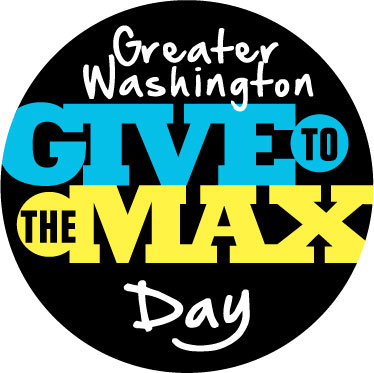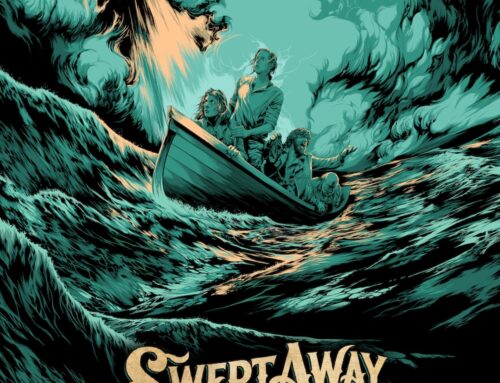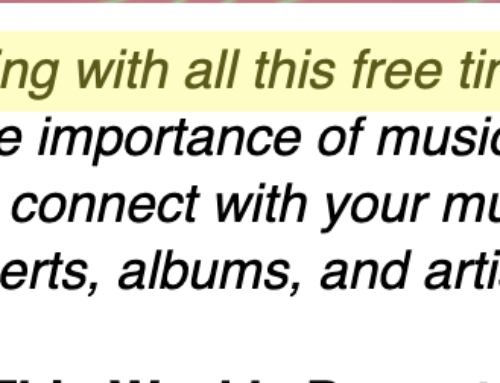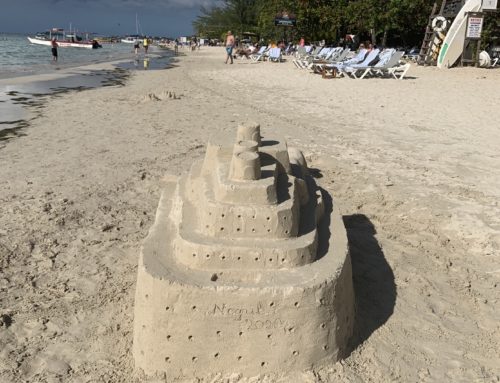 There’s an interesting white paper out today, issued jointly by the Case Foundation and Razoo Foundation, and authored by Geoff Livingston (disclosure: he’s a friend), titled How Giving Contests can Strengthen Nonprofits and Communities.
There’s an interesting white paper out today, issued jointly by the Case Foundation and Razoo Foundation, and authored by Geoff Livingston (disclosure: he’s a friend), titled How Giving Contests can Strengthen Nonprofits and Communities.
It examines whether “giving days” – such as last year’s Give to the Max DC, which used gamification to give additional awards to the nonprofits and donors that raised the most money – can strengthen nonprofit communities.
Specifically:
“The report seeks to show how a giving day contest impacts a metropolitan area’s nonprofit community. In particular, can these contests provide a financial boost during tough economic times, strengthen relationships between donors and nonprofits, and serve as an online capacity-building moment for participating nonprofits, all while strengthening the general nonprofit sector?
“Or are they another giving gimmick that fatigues donors and distracts nonprofits from vital mission-based activities?”
In a nutshell: yes.
You might remember my telling you about my participation in the event (though I couldn’t do as much as I would have liked to, since I was recovering from surgery), and I found myself nodding as I read some of the findings:
- 96% of donors said they were more likely to give additional monies to their nonprofits as a result of their participation in the day;
- 84% of nonprofit survey said the pre-event training day – which was a key component of the initiative – increased their ability to interact and fundraise online; and
- including prize money, Give to the Max Day raised $2 million for 1,200 nonprofits from 18,000 donors on the day itself (November 9, 2011).
So G2MD did everything it set out to do. Sure, it didn’t raise the whopping more than $13 million that Give to the Max Minnesota did last year. But like everything else, that has to be taken in context; this was the first time such an initiative had been rolled out in the DC area, and the other state/regional giving events have been in existence for a few years.
Everything grows with time; for a first-time initiative, I find this impressive.
Time and training are critical
 One of the core components of the event was a training day organized for participating nonprofits in addition to seven half-day “bootcamps” around the area. The point was to ensure that the nonprofits were as well-prepared for the giving day as they could be and help them figure out how to build capacity, which is critical for incorporating social fundraising into a nonprofit’s DNA.
One of the core components of the event was a training day organized for participating nonprofits in addition to seven half-day “bootcamps” around the area. The point was to ensure that the nonprofits were as well-prepared for the giving day as they could be and help them figure out how to build capacity, which is critical for incorporating social fundraising into a nonprofit’s DNA.
Eighty-four percent of the nonprofits felt that the training increased their ability to interact and fundraise online, with 72% saying they’d be able to apply lessons learned through the contest to their ongoing work.
You can’t do this type of thing (successfully, at least) without spending time on it. And guess what? The nonprofits that spent more time on their campaigns did better.
Sixty-two percent of the nonprofits that spent 10-30 hours on their events raised $2,500 or more; whereas only 23% of those that spent 10 hours or less raised $2,500 or more.
Donor acquisition and building community
Nonprofit organizations know that they have to balance their short- and long-term fundraising; it’s great when a one-off campaign works well, but the key is ti acquire donors that will sustain over time. And when they use social media to build community, and then gradually convert that community into donors, they’re being really smart.
- Of the $2 million raised for area non-profits, more than $1.8 million came from individual donations – that’s huge!
- 24% of donors heard about the day via an email from a friend (which is exactly the kind of thing we hope to see if we can get our community energized)
- 58% of the nonprofits recruited new donors
- 96% of surveyed donors said they’d give more money in the future to participating nonprofits
There are some really interesting case studies in the report, including a breakdown of how gamification was used to encourage participation and fundraising, so you should read it, particularly if you work for or with nonprofits.
My $0.02
These kinds of giving days can be a boon or a curse for your organization. If you don’t take the time to prepare and really put some thought into how you’ll approach it, you’ll find yourself scrambling at the last minute.
I don’t think there was anything more Razoo could have done to help the participating nonprofits prepare for the event. And while I don’t mean to be all cranky, if the NPs that didn’t do well didn’t spend the time on preparing for the event… well, they have only themselves to blame.
This kind of event is really a gift to area nonprofits, so if you plan to participate this year (I’m not sure when the event is, but I’m sure it will be announced soon), don’t take it lightly. If you work it, it could be a huge opportunity for your organization not just to raise funds, but to build your donor base that will stay with you over the long haul.









[…] This summer, Razoo’s Twive and Receive (pronounced like Give and Receive) is adding a twist to what we’ve seen to be some tried-and-true pieces of gamification. […]
[…] This summer, Razoo’s Twive and Receive (pronounced like Give and Receive) is adding a twist to what we’ve seen to be some tried-and-true pieces of gamification. […]
[…] platforms use gamification to get people involved and keep them involved. Who doesn’t love a little friendly competition? It’s you and your city against a host of other cities, seeing who can raise the most money. […]
My pleasure!
[…] article originally appeared on WaxingUnlyrical.Shonali Burke provides social media consulting services to nonprofit and business clients. See her […]
@chillygal Thanks so much for sharing my post on the white paper from @razoo @CaseFoundation for #nonprofit giving contests!
[…] Shonali Burke: Do giving day contests work? Yes, say Razoo and Case Foundation […]
@geoffliving Thanks for sharing & congrats again on a terrific initiative!
@shonali I promise you, when I give up the GM reigns, you’re my first recommendation to take my place.
@geoffliving Aw. Thank you. That’s a great way to start my Friday. :)
thank you, Shonali!
Thanks, Shonali. :)
And a big shout out to Geoff Livingston & Ifdy Perez of the Razoo team for pulling this off. It was really an incredible event.